When to Teach Math Standards in Kindergarten
Let’s talk about when you should teach each of the math standards in kindergarten. Your curriculum guide may have it all laid out for you, but if it doesn’t or if you teach using a guided math format you may need to decide this for yourself.
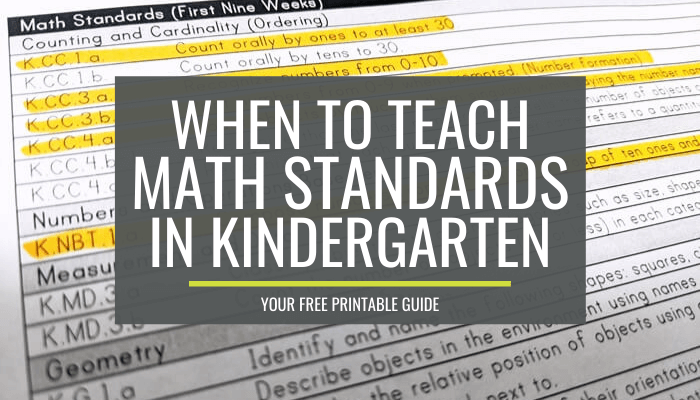
To help make this easier – let’s first cover which standards are most important (and which ones aren’t) so we aren’t wasting precious instructional time.
I’m also going to share every math standard listed by quarters and a printable version of this list – so you can see how math standards can progress across an entire year of kindergarten.
Math standards that are a big deal in kindergarten
Not every standard is created equal. As teachers, we have to decide where to focus our instructional time so we get the most bang for our buck.
Here are the standards that I think make the biggest overall impact on a kindergarten student’s ability to develop a strong mathematical foundation in school.
- Counting objects one-to-one
- Composing and decomposing numbers 11-19 using tens and ones
- Counting orally
- Making 5 and 10
- Subitizing numbers 1-9 (especially 1-5)
You can disagree with my list if you want. But after years of teaching students in small groups – working on these skills is what I’ve seen develop the best math thinkers.
Now please understand – these are just the core version of the standards. There is a lot that goes into each one. But if I have to choose where to spend my time teaching, I’ll pick these every time.

You should know that “subitizing numbers” isn’t spelled out as a standard. But it is crucial for young students to learn to do addition, subtraction and a lot more successfully.
Check out this set of free subitizing activities. It is one of my favorite resources that I use to plan many of my small group math lessons – especially at the beginning of the year.
Standards that are not as important
When it comes right down to it, some kindergarten standards aren’t nearly as important. The reason is is that they are more limited in scope. They aren’t as jam-packed and can’t go as “deep.”
In my opinion, this includes:
- 2D and 3D shapes
- measuring and comparing
I’m not saying that I skip these standards. In fact, I’ve got lots of ideas on how to teach 2D and 3D shapes.
But I am saying that these standards a “fluffier” and are easier to cover whole-group in a mini-lesson, or in small amounts of time and don’t generally need entire lessons devoted to them. Seriously.
Standards for each quarter
Here are our kindergarten math standards as they were planned out into nine-week quarters, though some quarters had 10 weeks.
Some standards are repeated and others are broken down into sub-parts since mastery takes place over a longer period of time.
You can also think of this list as a math standards scope and sequence master list for kindergarten.
1st quarter standards
This set of math standards usually covered our school calendar from mid-August to mid-October.
| Counting and Cardinality (Ordering) |
| K.CC.1.a. Count orally by ones to at least 30. |
| K.CC.1.b. Count orally by tens to 30. |
| K.CC.3.a. Recognize numbers from 0-10. |
| K.CC.3.b. Print numbers from 0-9 when prompted. (Number formation) |
| K.CC.4.a. Count objects by touching them singularly while saying the number name. |
| K.CC.4.b-1. Recognize that the last number named tells the number of objects counted. |
| K.CC.4.c. Recognize that each successive number name refers to a quantity that is one larger. |
| Numbers and Operations Base Ten |
| K.NBT.1.a. Compose numbers from 11-19 from a group of ten ones and additional ones using objects. |
| Measurement and Data |
| K.MD.3.a Classify objects into given categories such as size, shape, color, thickness. |
| K.MD.3.b Count the number of objects (10 or less) in each category. |
| Geometry |
| K.G.1.a Identify and name the following shapes: squares, circles, triangles, rectangles, hexagons. |
| K.G.1.b Describe objects in the environment using names of shapes (two dimensional). |
| K.G.1.c Describe the relative position of objects using appropriate vocabulary, including above, below, beside, in front of, behind, next to. |
| K.G.2 Name shapes regardless of their orientation to overall size. |
| K.G.4.a Describe two-dimensional shapes to identify their various attributes, including vertices, sides, corners, and length of sides. |
| K.G.5.a Draw shapes to represent objects in the world. |
2nd quarter standards
This set of math standards usually covered our school calendar from mid-October to Christmas break.
| Counting and Cardinality (Ordering) |
| K.CC.1.a. Count orally by ones to at least 60. |
| K.CC.1.b. Count orally by tens to 60. |
| K.CC.2. Count forward beginning from a given number (not 1) within the known sequence (known sequence includes counting by ones and tens). |
| K.CC.3.c. Print numbers from 0-20 when prompted (number formation). |
| K.CC.3.d. Recognize numbers from 11-20 out of sequence. |
| K.CC.4.b-2. Explain orally the number of objects is the same regardless of their arrangement. |
| K.CC.4.c. Recognize that each successive number name refers to a quantity that is one larger. |
| K.CC.5.a. Count up to 20 objects that are in an order by answering the question “how many”. |
| K.CC.5.b. Count up to 10 objects in a scattered configuration by answering the question “how many”. |
| K.CC.5.c. Given a number from 1-20, count out that many objects. |
| K.CC.6.a. Explain the meaning of “greater than”. |
| K.CC.6.b. Compare two groups of objects and identify and state which group is greater. |
| K.CC.6.c. Explain the meaning of “equal to”. |
| K.CC.6 d. Compare two groups of objects and identify and state if they are equal. |
| K.CC.6.e. Explain the meaning of “less than”. |
| K.CC.6.f. Compare two groups of objects and identify and state which group has less. |
| Operations and Algebraic Thinking |
| K.OA.1.a Represent addition with objects, fingers, and sounds to identify the meaning of addition as putting together and adding to. |
| K.OA.1.b Represent subtraction with objects, fingers, and sounds to identify the meaning of subtraction as taking apart and taking from. |
| K.OA.1.c Explain orally addition as putting together and adding to. |
| K.OA.1.d Explain orally subtraction as taking apart or taking from. |
| K.OA.2.a Solve addition word problems orally up to 10 when reading aloud using objects or drawings. |
| K.OA.2.b Solve subtraction word problems orally up to 10 when read aloud using objects or drawings. |
| K.OA.4.a State the number that makes 5 when added to any given number 1-4 with objects. |
| Numbers and Operations Base Ten |
| K.NBT.1.a Compose numbers from 11-19 from a group of ten ones and additional ones using objects. |
| K.NBT.1.b Decompose numbers from 11-19 into a group of 10 ones and additional ones using object. |
| K.NBT.1.c Record the composition of numbers 11-19 through drawing of a group of ten ones and additional ones |
| Measurement and Data |
| K.MD.1.a Distinguish between measurable and non-measurable attributes of objects. Note: Measurable means quantifiable, such as length, weight, height, distance around. |
| K.MD.1.b Name the measurable attributes of a given object. |
| K.MD.2 Compare the measurable attributes of two objects using appropriate vocabulary including taller/shorter, heavier/lighter, longer/shorter. |
| Geometry |
| K.G.1.c Describe the relative position of objects using appropriate vocabulary, including above, below, beside, in front of, behind, next to. |
| K.G.4.a Describe two-dimensional shapes to identify their various attributes, including vertices, sides, corners, and length of sides. |
| K.G.5.a Draw shapes to represent objects in the world. |
3rd quarter standards
This set of math standards usually covered our school calendar from returning from Christmas break to mid-March.
| Counting and Cardinality (Ordering) |
| K.CC.1.e. Count orally to 100 by ones. |
| K.CC.1.f. Count orally by tens to one hundred. |
| K.CC.2. Count forward beginning from a given number (not 1) within the known sequence (known sequence includes counting by ones and tens). |
| K.CC.3.e. Write the number that represents how many objects are in a set, up to 20. |
| K.CC.6.b. Compare two groups of objects and identify and state which group is greater. |
| K.CC.6.d. Compare two groups of objects and identify and state if they are equal. |
| K.CC.6.f. Compare two groups of objects and identify and state which group has less. |
| K.CC.7. Compare two written numbers between 1 and 10, and state which is more or less. |
| Operations and Algebraic Thinking |
| K.OA.1.e. Represent addition and subtraction by acting out situations and drawings. |
| K.OA.2.a. Solve addition word problems orally up to 10 when read aloud using objects or drawings. |
| K.OA.2.b. Solve subtraction word problems orally up to 10 when read aloud using objects or drawings. |
| K.OA.3.a. Orally decompose (break apart) numbers less than or equal to 5 into parts in more than one way. Note: Goal of up to 10. |
| K.OA.3.b. Represent the result of decomposition of numbers less than or equal to 5 through drawing or an equation. |
| K.OA.4.b. State the number that makes 10 when added to any given number 1-9 with objects. |
| K.OA.4.c. Represent the number that makes 5 when added to any given number 1-4 with a drawing. |
| K.OA.4.d. Represent the number that makes 10 when added to any given number, 1-9, with a drawing. |
| K.OA.5.a. Add fluently, orally or in writing, within 5. |
| K.OA.5.b. Subtract fluently, orally or in writing, within 5. |
| Numbers and Operations Base Ten |
| K.NBT.1.c. Record the composition of numbers 11-19 through drawings of a group of ten ones and additional ones. |
| K.NBT.1.d. Record the decomposition of numbers 11-19 through a drawing of a group of ten ones and additional ones. |
| Measurement and Data |
| K.MD.1.b. Name the measurable attributes of a given object. |
| K.MD.2. Compare the measurable attributes of two objects using appropriate vocabulary including taller/shorter, heavier/lighter, longer/shorter. |
| K.MD.3.c. Sort categories by count. |
| Geometry |
| K.G.1.c. Describe the relative position of objects using appropriate vocabulary, including above, below, beside, in front of, behind, next to. |
| K.G.1.d. Identify and name the following shapes: cubes, cones, cylinders, and spheres |
| K.G.1.e. Describe objects in the environment using the names of shapes (two-dimensional and three-dimensional). |
| K.G.2. Name shapes regardless of their orientation or overall size. Use actual objects, not just pictures. |
| K.G.3.a. Identify shapes as two-dimensional and flat. |
| K.G.3.b. Identify shapes as three-dimensional and solid. Note: Use objects, not pictures. |
| K.G.3.c. Sort objects into flat or solid categories. |
| K.G.4.b. Describe three-dimensional shapes to identify their various attributes including faces and edges. |
| K.G.5.a. Draw shapes to represent objects in the world. |
| K.G.5.b. Model shapes in the world by building shapes from components. |
4th quarter standards
This set of math standards usually covered our school calendar from mid-March to mid- to late-May.
| Counting and Cardinality (Ordering) |
| K.CC.3.e. Write the number that represents how many objects are in a set, up to 20. |
| K.CC.7. Compare two written numbers between 1 and 10, and state which is more or less. (5 is more than 2.) |
| Operations and Algebraic Thinking |
| K.OA.1.f. Represent addition and subtraction with verbal explanations and mental images. |
| K.OA.1.g. Represent addition and subtraction with expressions and equations |
| K.OA.3.c. Decompose (break apart) numbers less than or equal to 10 into pairs in more than one way. |
| K.OA.3.d. Represent the result of decomposition of numbers less than or equal to 10 through drawing or equation. |
| K.OA.4.b. State the number that makes 10 when added to any given number 1-9 with objects. |
| K.OA.4.e. Represent the number that makes 5 when added to any given number 1-4 with an equation. *Mastery not required. |
| K.OA.4.f. Represent the number that makes 10 when added to any given number 1-9 with an equation. *Mastery not required. |
| K.OA.5.a. Add fluently, orally or in writing, within 5. |
| K.OA.5.b. Subtract fluently, orally or in writing, within 5. |
| Numbers and Operations Base Ten |
| K.NBT.1.e. Record the composition of numbers 11-19 through an equation of a group of ten ones and additional ones. |
| K.NBT.1.f. Record the decomposition of numbers 11-19 through an equation of a group of ten ones and additional ones. |
| Measurement and Data |
| K.MD.1.b. Name the measurable attributes of a given object. |
| K.MD.2. Compare the measurable attributes of two objects using appropriate vocabulary including taller/shorter, heavier/lighter, longer/shorter. |
| Geometry |
| K.G.1.c. Describe the relative position of objects using appropriate vocabulary, including above, below, beside, in front of, behind, next to. |
| K.G.4.b. Describe three-dimensional shapes to identify their various attributes including faces and edges. |
| K.G.4.c. State the differences of two- and three-dimensional shapes in different sizes and orientations. |
| K.G.4.d. State the similarities and two- and three-dimensional shapes in different sizes and orientations. |
| K.G.5.a. Draw shapes to represent objects in the world. |
| K.G.6. Create a new shape from at least two other shapes using tangible materials. Simple shapes include squares, circles, triangles, rectangles, hexagons. |
We didn’t limit ourselves to only teach these standards in these quarters. When students were ready to move on, we did!
Printable version
Here is a printable version of these standards. Print them out and lay them side by side to really get a good understanding of how each standard grows in difficulty or abstraction over the year.
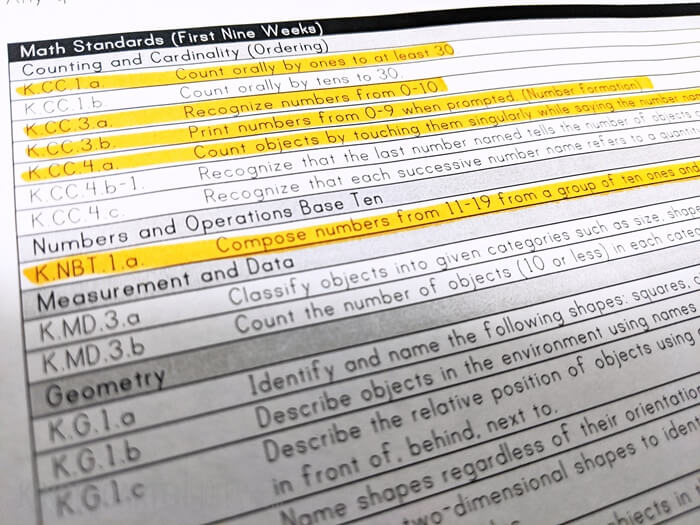
If you want help planning what standards to focus on then try this with your printed version:
Highlight a handful of standards from each quarter you think are the most important. These will become the main focus of your small group math instruction for those nine weeks of instruction.
Then find creative ways to hit the other standards you didn’t highlight, but with less time and effort dedicated for mastery. Think about using games, warm-up activities or mini-lessons.
Tuck your highlighted standards list into your lesson plan binder so it’s always at your fingertips and use it to plan your math lessons.
Let’s wrap it up
I hope that, if you need to know when to teach specific math standards, this list can help.
Remember to cover the standards that go the deepest to strengthen your kinders’ math thinking to get the most out of your math lessons.
Want to know more about teaching math standards like these in small groups? I’ve got your back with this ultimate guide on how to start guided math in kindergarten.

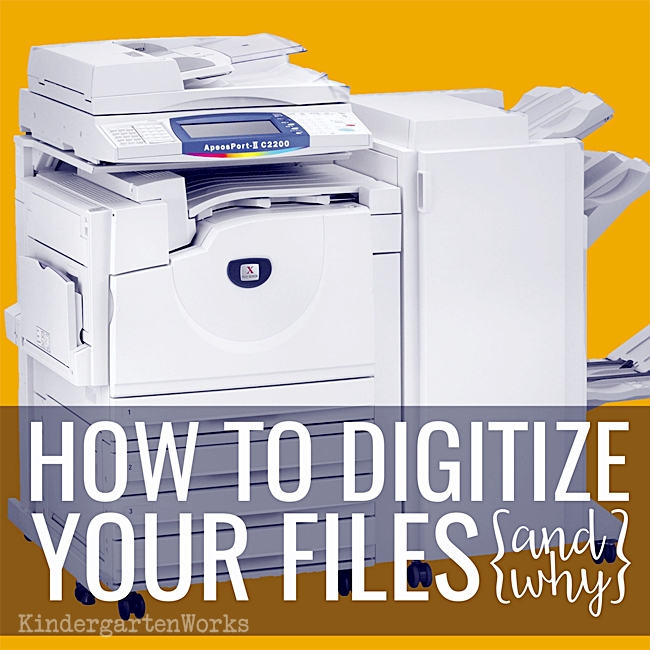
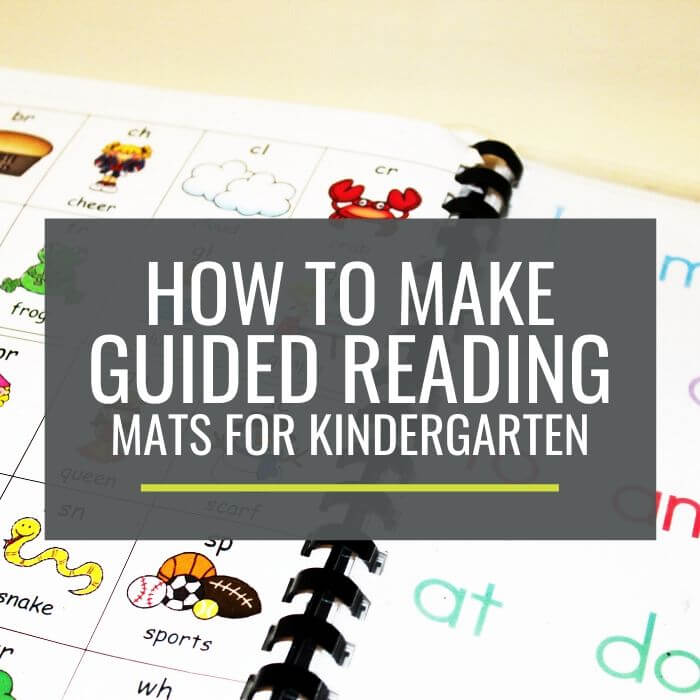
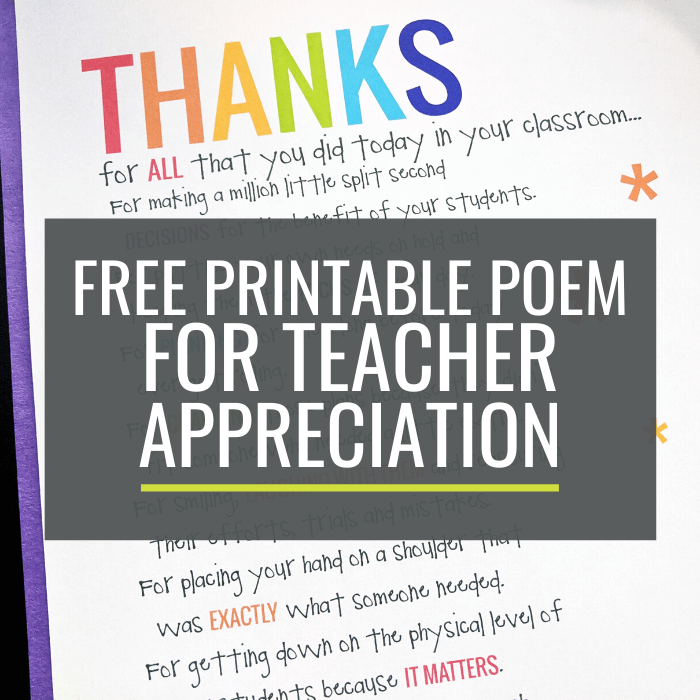
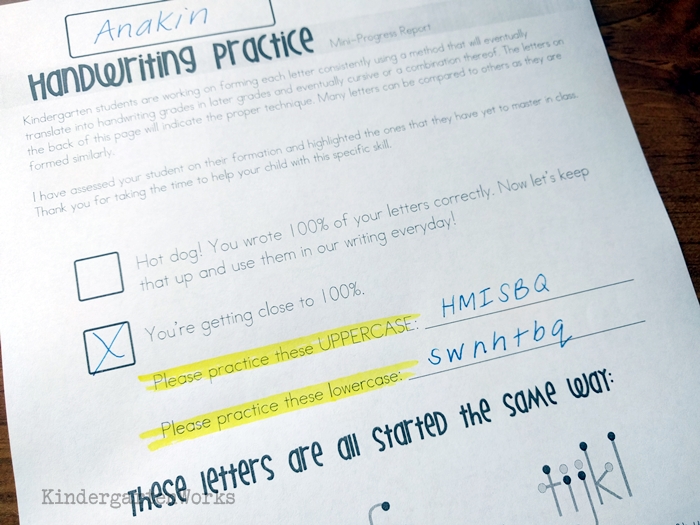

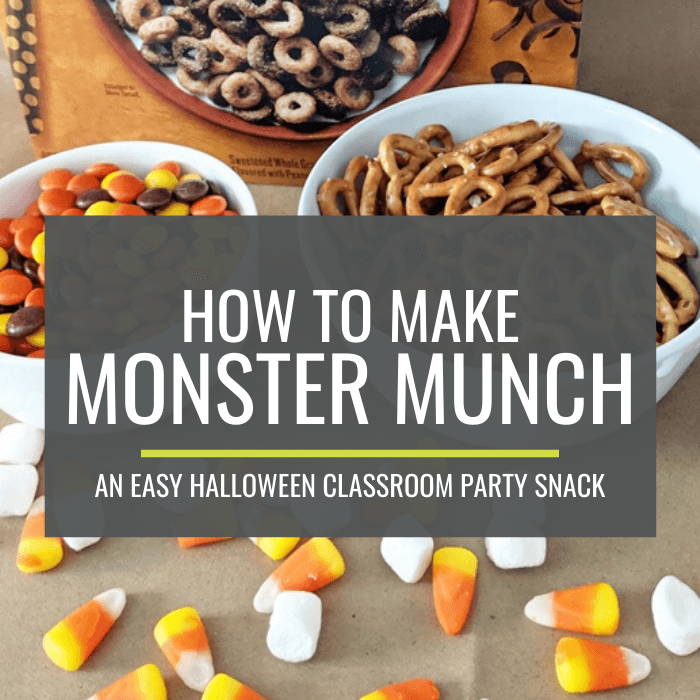
WOW!! This is amazing. Although, I have been teaching Pre-school for 10 years I am a first year Kindergarten teacher. The school year is almost over and I feel like I have been swimming in a pool of noodle, trying to find my way. Without the proper tools and guidance as a first year Kindergarten a person can get lost and give up. But that’s not me to give up so easily, I’m asking God to keep me until the end. Each day after work I stroll through the eternet to find solution and God sent a message from you to me. Please help.
Hi Janet – going from preschool to k can definitely be a big transition. Hang in there!
– Leslie
The standards are so well organized! Thank you!